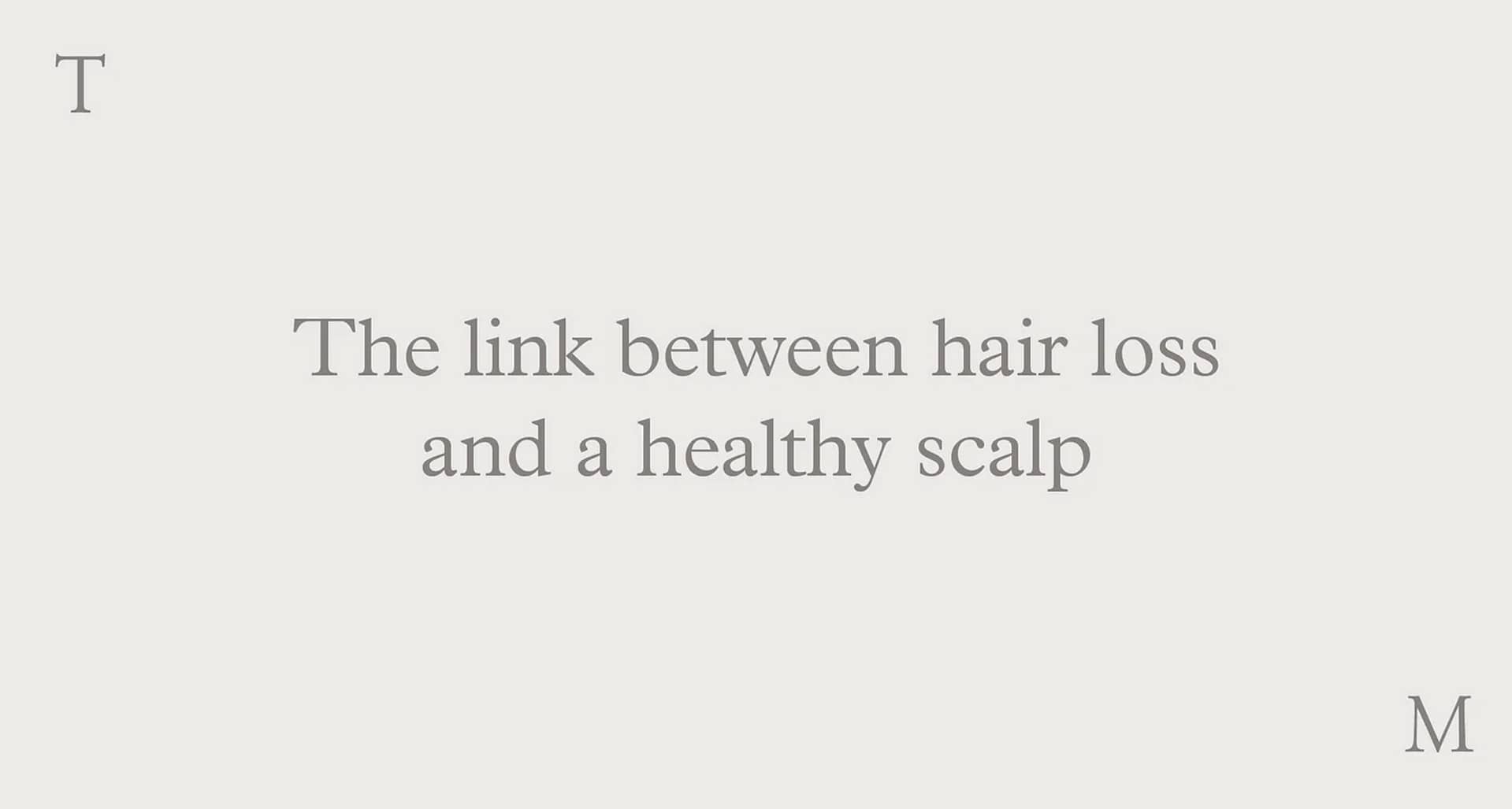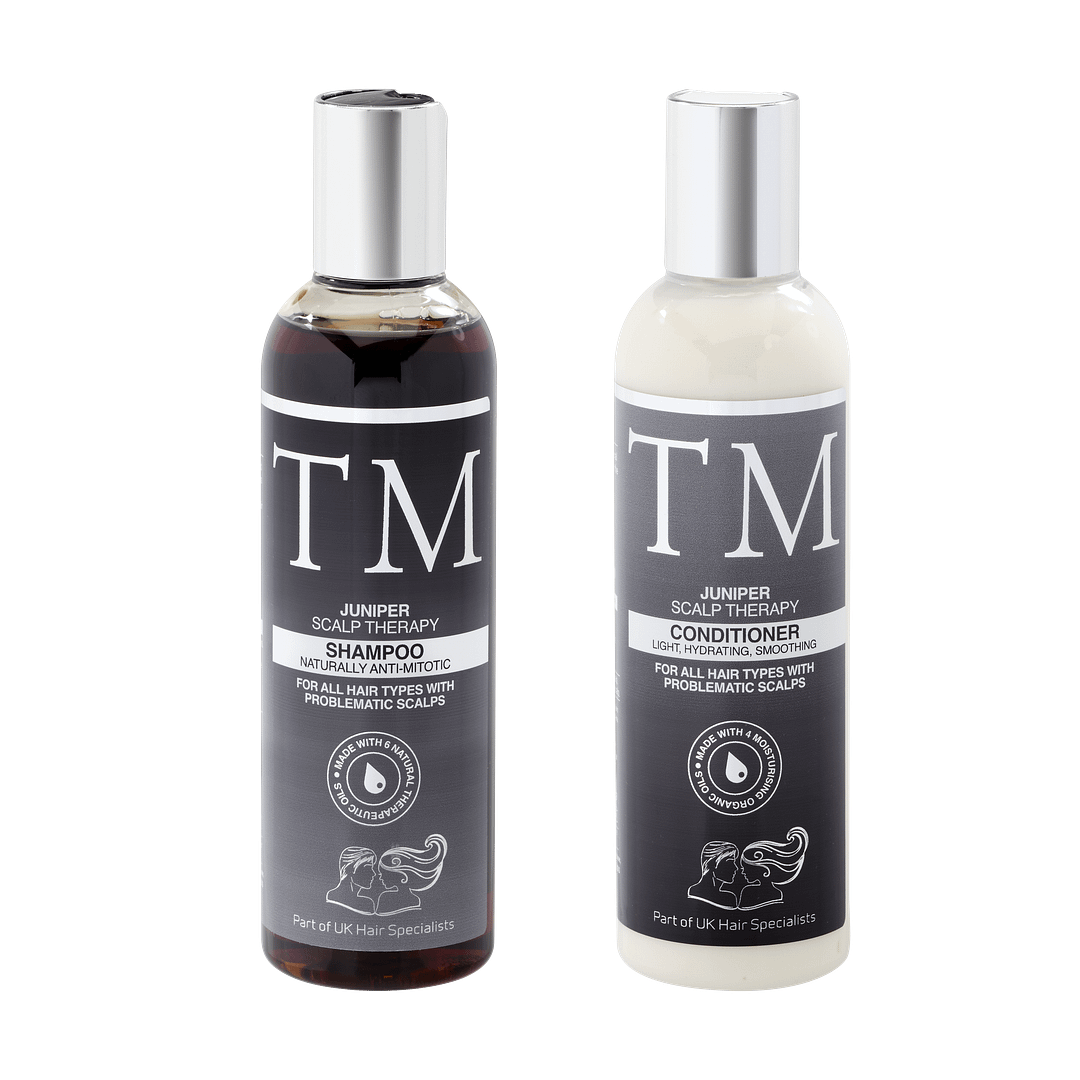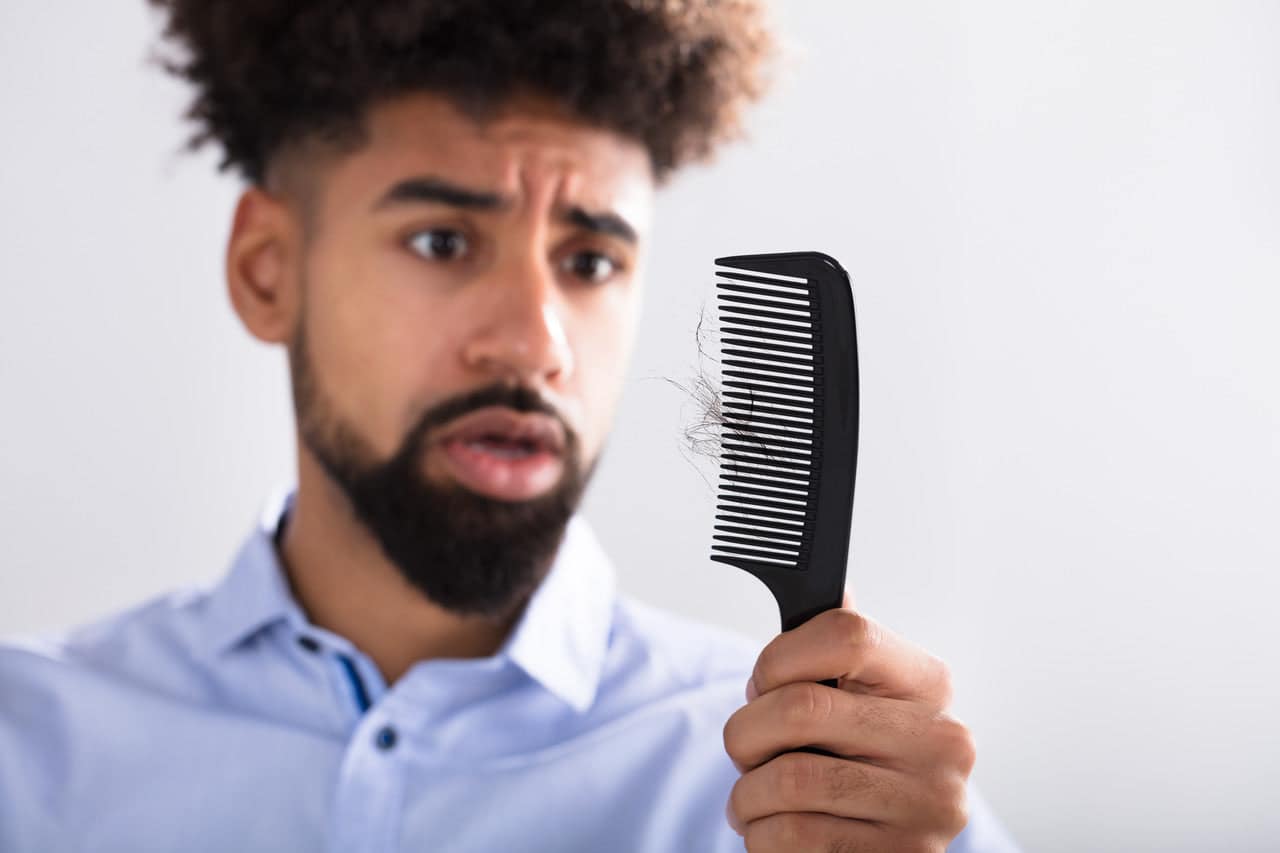
What are the causes of hair loss, and why do some suffer from it more than others?
There are dozens of reasons why we lose hair. Some are exclusive to women, such as hair loss following childbirth. Others are common to both sexes; like those caused by illness, or the drugs used to treat an illness. Stress is also a common cause of hair loss, as is dieting, or a poor diet – both of which can cause thinning of the hair.
The most common cause of hair loss is often referred to as “male pattern hair loss”. Although quite usual in males, this affliction can also be experienced in women, more commonly during menopause. For men, Male pattern hair loss, or Androgenic Alopecia to give its proper name (andro: male, genic: genetic/hereditary, alopecia: hair loss) is caused by the effect of the male hormones, called androgens, on genetically predisposed hair follicles. Or, in other words, the tendency to develop this type of baldness runs in families and can be passed down by either parent to a child – male or female.
Within these genetically programmed hair follicles; testosterone, the main male hormone, is converted by an enzyme called 5-alpha reductase into a much more potent hormone, dihydrotestosterone (DHT). It is the effect of this hormone which inhibits the growth of new hair cells, resulting in a finer hair being produced.
Successive hairs become progressively finer, whilst their growing periods become less, resulting in shorter, finer hairs being produced. These hairs may, in time, stop growing completely. When these hairs fall out they are replaced by finer hairs with an even shorter growing period. This process can continue until the hair follicles degenerate and are unable to produce any further hair.

What are the first signs of hair thinning?
Usually the first sign of hair loss is a slight recession of the hair at the front of the scalp, along the hairline. Later, thinning over the crown can develop; these areas may ‘join up’ causing the entire front and top of the scalp to be bald.
However, most scalps that appear totally bald actually contain hair follicles which are either still producing very fine hair or are capable of producing it. These are fine vellus hairs, with a diameter below 40 microns which means, in effect, that they are no longer clearly visible to the naked eye. So from a distance, a man may appear bald, but in fact he may still have a large number of fine hairs growing on the ‘bald’ area of his scalp. These are the hairs that treatments target for improvement and regrowth. Check out our next blog for more info on the effectiveness and cost of various hair loss treatments.
The importance of a healthy scalp
In very many cases, hair loss is exacerbated by an unhealthy scalp. Our hair, after all, is a product of the scalp; when the scalp is unhealthy it can reflect in the quality of our hair, the quantity of hair we lose every day and the number of hew hairs that the scalp produces.
Many ordinary anti-dandruff shampoos use harsh chemicals that clear scale and offer temporary relief, but these also aggravate underlying sensitive scalp tissues and stimulate the epidermal turnover (the rate at which skin cells form) causing more dead skin cells to build up on the scalp, dandruff flakes to form, and the problem to continue.
It is extremely important when improving the health of the scalp that the treatment does more than just superficially clear scale from the surface of the scalp. It should have a soothing and anti-irritant effect, so that the epidermal turnover is returned to a normal level if skin cells are forming too fast, as they commonly do; otherwise the scalp will remain unhealthy as cells build up on the surface.
The best shampoo for improving the health of the scalp is the clinically proven, Juniper Scalp Therapy Shampoo. This works in a different way to ordinary anti-dandruff shampoos. Because it is formulated with natural, therapeutic oils, it not only clears scale and reduces the level of micro-organisms on the scalp but, very importantly, it has a soothing and calming effect on the scalp tissues. The anti-mitotic function of the Juniper Oil allows the rate of cellular reproduction to slow and the epidermal turnover to revert to a normal and healthy level, leaving the scalp fresh, healthy and clear of scale, allowing the hair to grow well and remain in excellent condition.
In addition, the Juniper Scalp Therapy Shampoo contains an anti-microbial agent called piroctone olamine. This not only fights one of the root causes of dandruff, the Malassezia globosa fungus, but when incorporated into a shampoo at a level of 1% (as it is in the Juniper Shampoo) can have a significant effect in the prevention of hair loss and the encouragement of new hair growth. It must be stressed that this effect is low in comparison to medical treatments such as Minoxidil and Finasteride, but it can still be very helpful in preventing hair loss and maintaining hair width, particularly in combination with other forms of treatment.
For those interested, click here to read the scientific study behind the effectiveness of piroctone olamine in hair loss.

Click here to buy the Juniper Scalp Therapy Shampoo
Cost: £22.50 for a 250ml bottle
Interested in hair loss treatments? Check out our article here

